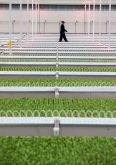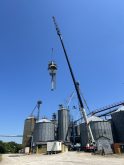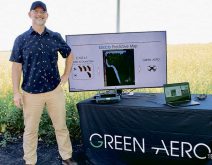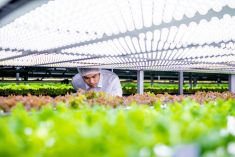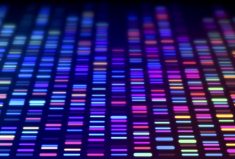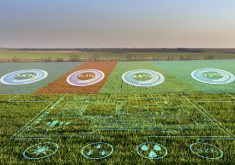Chuck Baresich has been utilizing precision agriculture tools on his family’s Bothwell area no-till cash crop operation since 1998.
“We have been at the forefront of lots of technology whether it’s an auto-steer system, fleet management tools, precision application on the sprayers,” he said. “We’ve tried to be one of the first in trying new technology, especially when we saw there was a solution that might have a purpose for our customers or for ourselves.”
Why it matters: Precision agriculture technology can save time and reduce environmental impact but choose carefully, say some Ontario farmers.
Read Also
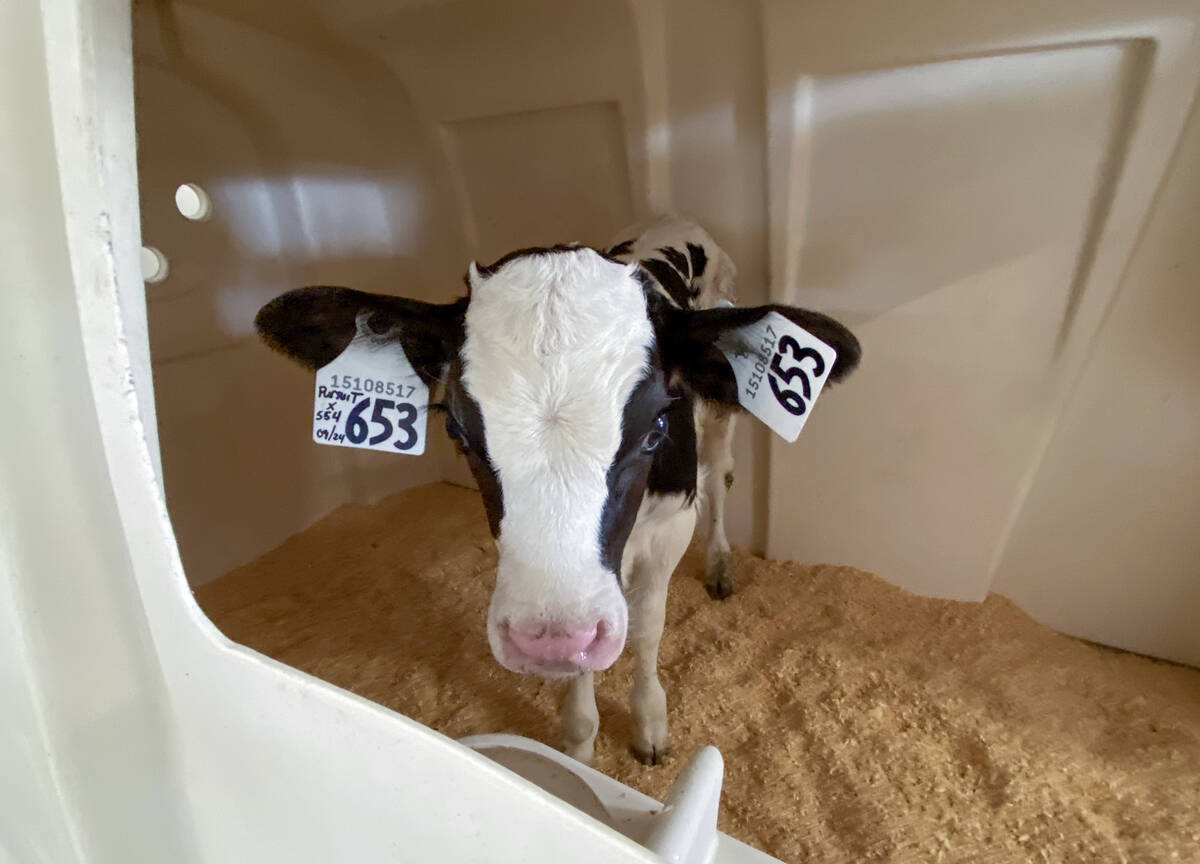
Lactanet turns methane expertise into business opportunity
Lactanet’s new fee-for-service breeding tool initiative to reduce greenhouse gas emissions in Canadian and Swiss Holstein herds will launch in April 2026.
A panel of producers recently shared their wins and losses while navigating the dollars and sense of precision agriculture tools during the virtual Ontario Agricultural Conference.
Bothwell is a unique and somewhat unforgiving area to farm because it defies textbook advice, said Baresich, adding crops can range from flue-cured tobacco to Christmas trees.
“There’s no room for error on our ground. If you don’t get it right at planting time, don’t plant at the right time, get your fertility correct, get your seed depth correct, there’s no turning back from it,” Baresich said. “A nice rain in June does not solve anything.”
In his area, correlation is not causation, and it’s hard to correlate a yield map to a specific event when frost one year and drought the next can end with similar results.
“We started with the concept that we wanted to have a system that would encompass everything,” he said. “We wanted everything to flow into a single system so we can layer it.”
He warned that using AgLeader SMS is not for the faint of heart, but the payout is in power. AgVance by SSI is a point-of-sale system that calculates recommendations from all maps generated. Once the field has been fertilized, the data comes back into AgVance as an as-applied map.
“One of the things I specify on here is that the software has to be easy,” he said. “Sometimes Google Earth tells you just as much about your farm as anything else because you can see the colours and variation (and) that’s all you need.”
Baresich uses Climate FieldView as a communication tool for customers because it allows for instantaneous and easy trading of maps and data back and forth between his company and its clients. In addition, Raven Slingshots is his go-to for all application equipment to transfer supplied information.
Dan Breckon, Woodrill Ltd, likes Climate FieldView as an agronomic visual and data aggregation tool and John Deere Operation Centre as a logistical tool to manage guidance lines and field names. He uses SMS advanced to store data and more complex actions to clean and process data generated through the operation.
Breckon lives near Guelph and deals with Parkhill Loam, London Loam and Guelph Loam with heat units between 2,600 and 2,850 and drumlin landscape.
“We’ve tried a lot of different things around here in terms of soil mapping and trying to do a better job understanding our soils so we could treat them how they need to be treated,” he said. “There are lots of hills, and as such, we’re susceptible to tillage and water erosion at maybe more of a higher rate compared to some other landscapes.”
Ben Claussen, Claussen Grain, said data drives precision ag, and the more you collect, the more you want, but it’s essential to have it organized.
“Don’t try and use more than one data platform with USB sticks,” he advised. “You’ll drive yourself completely nuts, nothing will work, and you’ll end up quitting.”
In his experience Normalized Difference Vegetation Index (NDVI) imagery, while interesting to look at, doesn’t provide much value, whereas SWAT’s (Soil Water and Topography) reading on electrical conductivity has allowed him to manage his soil by zone better.
Early on, Baresich invested in a binding machine to make map books before realizing the map’s value was in the ability of the planter, applicator, combine or producer to access it in real-time.
Now he uses the SoilOptix sensor to provide a data-driven approach to understand the different soil textures in a field and where they start and stop. Augmenta takes a multispectral image of growing crops, runs an algorithm and shows where a crop is thriving or not.
“If there are any spots in the field that are anomalies or (show) a significant degree of variation, it will take another image of just that area,” he said. “Then, as a producer, I can go back and look at those images later on and try to figure out what’s happening.”
Breckon said grid sampling was a non-starter for them because the variables of who performed the sample, their technique and the time of day were too great to make the information useful.
He and Baresich also don’t subscribe to multi-hybrid corn planting because for the amount of time and effort required the yield amounts didn’t justify the financial investment.
“At one time, there was a discussion about racehorse versus workhorse varieties, and I think there’s a challenge, from a knowledge perspective, to really understand how those hybrids perform,” said Baresich. “And sometimes a hybrid isn’t the workhorse; it’s just a crappy hybrid.”
QGIS is one of Breckon’s best value for money tools.
“The last tool I want to leave you guys with, from my perspective, is something really cheap because it’s actually so cheap it’s free,” he said. “It’s QGIS, a more advanced GIS software where you can look at your data spatially in a bunch of different formats.”
He said the software could answer some questions about an operation, and because it’s open-source software, it’s not likely to go away overnight.
While the vast landscape of precision ag software and tools can be intimidating, Breckon said it’s essential to have people on your team who work with the programs daily.
“But it also goes down to the operators if you want to implement this successfully,” he said. “The operators are going to be the ones in the field implementing these practices for you.”






